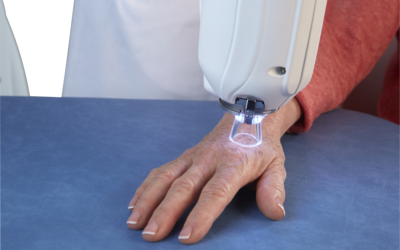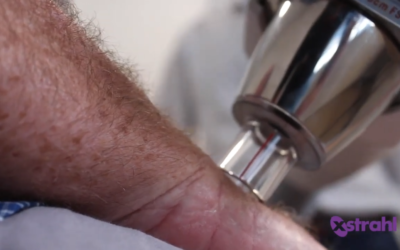When I trained as a resident, skin cancer treatment was fairly simple for general dermatologists. Most cases were treated with electrodessication and curettage (ED&C) and occasionally by excision and/or flap and grafting. This was generally because ED&C is quicker than excision and can be incorporated into a busy day of mainly medical dermatology cases. Many dermatologists then concluded that it is better to see more patients, do the treatments on the fly (commonly before biopsy confirmation), and charge less for treatment than to do fewer cases and charge more for each treatment. Bigger cases and recurrences were sent for Mohs micrographic surgery or to ear, nose, and throat specialists; plastic surgeons; or other surgical specialists.
Today, skin cancer patients are no longer exclusively the older, blue-collar workers with a lifetime of sun exposure, wrinkles, and lower expectations of personal appearance. More frequently today, we see business people who regularly play golf or those who have reached levels of ultraviolet (UV) exposure through intentional tanning that had previously been achieved only by outdoor workers. These younger individuals may be more concerned about personal appearances; therefore, cosmetic outcomes have become more important.
More frequently than in the past, dermatologists set aside time specifically for surgery cases. While more time consuming, these cases pay for themselves and add to the variety and satisfaction of dermatology practice. For one thing, dermatologists are better trained and more highly skilled in surgical techniques than was true two decades ago. Patients are sent to plastic surgeons and other surgical specialists for final closure less often these days. Because dermatologists have become more surgically adept, a preponderance of skin cancers are now treated by dermatologists with excision and primary closure with flaps or grafts, as appropriate. This change has also been driven by higher patient expectation of cosmetic outcomes as well as the higher cure rates and improved cosmetic outcomes of good surgical technique.
Medical reasons for these changes include the higher cure rate of excision over ED&C when a knowledgeable eye is picking the margins, and the fact that dermatologists have a better estimate of a cure with a pathology report of clear margins.1 Changes in surgical technique to date, mainly a shift in emphasis toward more excisional surgery, have been more evolutionary than revolutionary, but even greater changes are coming.
Mark Naylor






